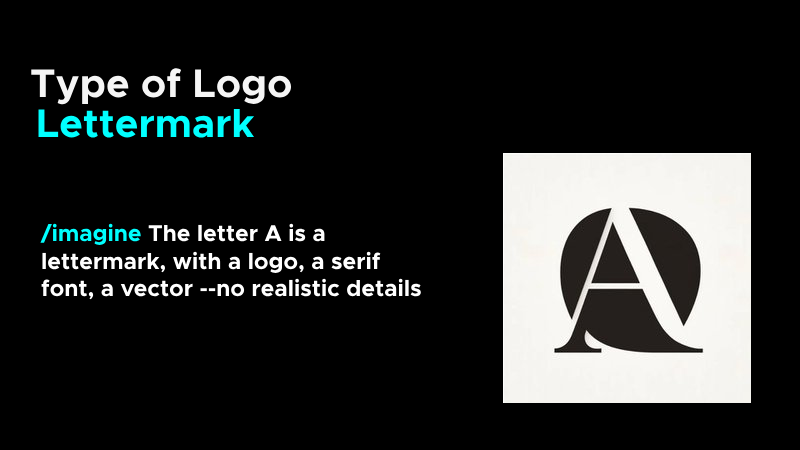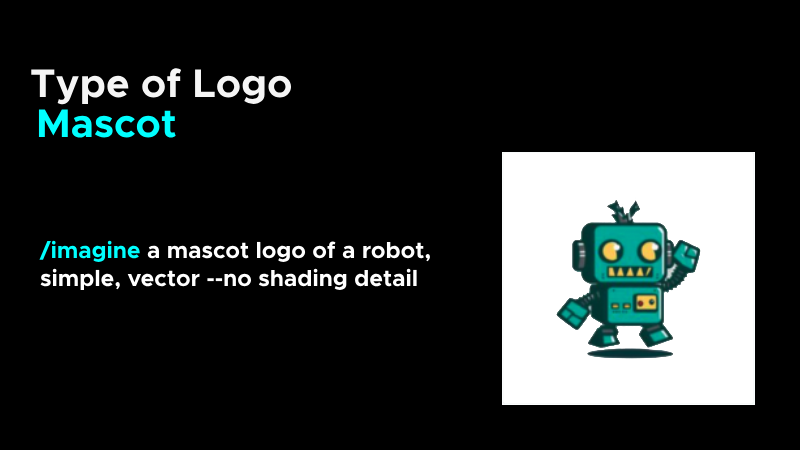There is an origin story behind every iconic brand. The clothing line that dominates today’s department stores may have begun as a small business run from a fashion designer’s living room. Even though starting your own clothing line is challenging, e-commerce and online marketing may make it possible to build a brand that’s loved nationwide from a small online store.
What You Need to Know Before Starting a Fashion Brand Company?
Whether it’s Donna Karan, Vera Wang, or Paige Adams-Geller, the best fashion designers are driven entrepreneurs and visual artists.
It takes a lot of sweat equity to start a clothing line business.
Starting a business is undoubtedly challenging, particularly if it’s your first time.
You shouldn’t let this stop you from following your passion. To make your own clothing line a reality, you owe it to yourself to do everything you can.
Read more on Does your business need branding?
A Step-by-Step Guide to Starting a Clothing Brand in 2023
It is challenging to launch a business that stands the test of time. How do I get started?
The tech industry introduces new business models every few decades to help people launch their own companies.
It’s still important to plan your business and develop your brand identity, even with easier options like print-on-demand.
When these two areas are carefully researched and planned, making smart decisions becomes easier. Using it will also help you build strong relationships with your customers.
Learn everything you needed to know about defining your target market, creating a simple business plan, and building your brand identity.
1. Select a Target Market
Understanding your target market is essential to building a successful business plan and brand. To build a good relationship with anyone, you must first understand them. Understanding your audience affects every aspect of your business.
Answer the questions below to determine who should wear your clothing. Your answers can always be adjusted as you learn more about your customers.
Think about what desires or problems your market has that your clothing brand can address.
Location : What is their location? Do they live locally, nationally, or internationally?
Demographics : The demographics of the group: What is their age? What is their gender, job, or income bracket?
Psychographics : What are their values based on their psychographics? What are their hobbies and lifestyles? Is there a certain type of personality they have?
Market trends: Do they follow any trends?
Buying Habits : How much do they spend on clothing each year? Do they have a loyalty to one or more brands? What types of stores are they currently buying from?
Pain points : What are the pain points of your customers? What are the current problems they face when it comes to clothing?
2. Create a Simple Business Plan
Business plans provide you with an overview of all the steps you need to take to make your business successful. Thus, you gain a better understanding of what to expect in terms of costs and obstacles. You can then determine whether your clothing business ideas are feasible and will work in reality.
3. Establish your Brand Identity
You connect your business with your customers through your brand identity. How people perceive you is affected by your brand’s perception.
A brand can also serve as a reference for clothing line planning, online store design, and marketing for your own clothing line. With a strong brand identity, customers are more likely to remain loyal and trust your company.
Branding allows you to stand out and form long-term relationships with customers, which helps build a solid customer base. Putting together your brand will begin once you’ve established the basics of your business, such as your target market, products, and business model.
4. Make a List of your Brand Statements
Here, your vision, mission, and positioning statements are crucial. Your brand statement can help you understand what your long-term goals are, what you aim to accomplish, and what you want to offer customers.
Your brand’s statements should be included on your website’s About us page or social media channels. If you share these with your customers, they will understand what makes your business unique.
Establishing a positioning statement
Your positioning statement explains who your target market is, what your product offers, and how it differs from your competitors’ products. Answer your customers’ desires or pain points directly when explaining why they should buy from you.
To begin developing your positioning statement, answer the following questions:
What will you do to provide it?
What is your plan for reaching your target audience?
What is the value proposition of your company?
Do you know what your competitors are like?
Differentiate yourself from others by telling us how you do it.
As soon as you have your information, you can condense it into a sentence like the one below. If your statement does not exactly follow this format, the most important thing is to clearly express your ideas.
For internal use-such as to plan and strategize new clothing line ideas-it’s easier to reference if it’s straight-forward.
5. Develop a Brand Personality
It is your brand’s personality that encompasses your company’s human characteristics. Trust and understanding are fostered between your business and your customers. You can also use it to modify the tone and design of your voice.
A serious and conservative business probably wouldn’t use emojis or neon colors in their content.
Identify your brand’s human traits and colors to create its personality.
6. Your Brand’s Story should be Outlined
As humans, we empathize with others and relate to their stories. Your brand story ties your positioning, vision, and mission statement together in a meaningful and memorable way.
You build trust with your audience by sharing your brand story, and as a new business, you will need time to convince them to buy from you. When you tell your customers about your business and who you are, you can build trust and a connection with them.
After you’ve written everything out, you can write your story and explain why you’re different on your About us page. No matter how formal or casual your language is, it should reflect your brand’s identity.
7. Decide what your Business’s Brand Name will be
Your brand name gives customers an idea of what your business stands for. To come up with your brand name, get a notebook and start brainstorming.
Keep a note of everything that relates to your brand: adjectives, verbs, or abstract ideas. Create some brand names based on the information you have gathered.
8. Make your Brand Stand Out by Creating an Identity
Your Brand design can convey your values and personality, which impacts the way customers interact with your company. When your brand is cohesively designed, customers will be more likely to recognize it and remember it.
As a result, your business and your customers will have a stronger relationship. You should reflect the personality of your brand in your brand visuals.
9. Make your Brand Stand Out with a Color Scheme
Color schemes should match your brand identity and appeal to your target audience. At least three colors are needed to make a color scheme.
The first two colors of your design should complement each other. For general text, background designs, and repetitive content, these are used.
Your accent color is the last color you choose. Despite the contrast, it should still complement your color scheme. If you want your customers to notice certain things on your website, you can use this to emphasize buttons, links, titles, and so on.
Logo design for your brand
Your logo helps customers identify your business by using your brand colors and typeface. MoonBox offers affordable Logo Design Services if you need some help
Two things usually make up a logo:
The symbol of your brand: something that represents it
Typographic design based on your brand name
10. There should be a concept behind your clothing brand
When you have decided how you want to represent your fashion brand, gather all your visuals, design information, and everything else related to your brand together. As part of the branding process, you are creating a brand book. You’ll end up with a guide you can always refer to once you’re done.
A Brand book will serve as a reference as well as an aid to future clothing line designs and marketing efforts. You can create a catalog or booklet containing your designs and branding using free online resources like Canva. It doesn’t have to look perfect when you make it for the first time.
Final Thoughts
Even though this guide contains a lot of information, you’ll also learn more as you build your own brand.
Your brand influences every decision you make about your business. Customers perceive and relate to your company in part because it conveys the personality and values of your company.
Your fashion business will be successful if you keep your customers’ needs in mind.
The tech industry is constantly developing new business models, but your brand and what it represents to your customers will never change.






